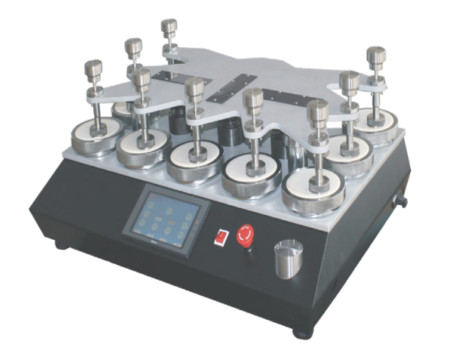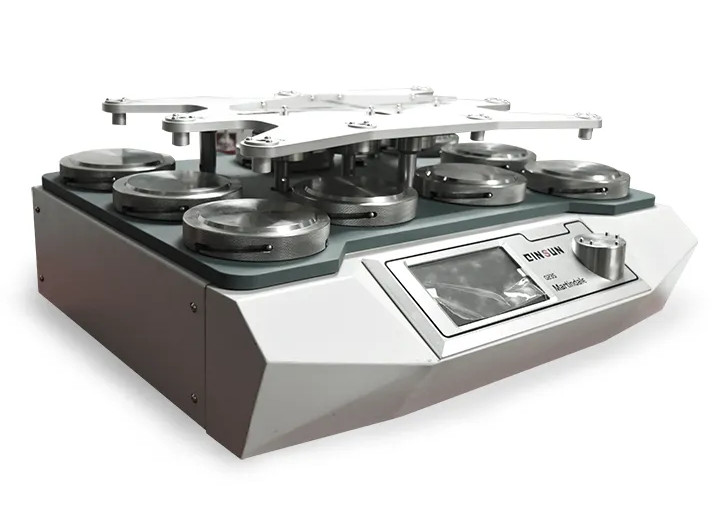- Qinsun Instruments Co., Ltd.
- Tell:+86-21-6780 0179
- Phone:+86-17740808215
- Address:No. 2578 Minhang District Gu Dai Road, Shanghai
- Contact:Mr. Li
- QQ:846490659
The Future of Fabrics: How 9 Heads Martindale Abrasion Tester is Changing Textile Testing

I apologize, but it seems that there is some confusion in your question. The 9 Heads Martindale Abrasion Tester is not directly related to the future of fabrics. The Martindale Abrasion Tester is a well-established machine used in textile testing to determine the abrasion resistance of fabrics. It measures the fabric's ability to withstand rubbing and friction, simulating the wear and tears it may experience during its lifetime.

The 9 Heads Martindale Abrasion Tester is likely a specific model or version of the Martindale tester produced by a particular manufacturer:
1. While the Martindale Abrasion Tester is an important tool in textile testing, it is not directly linked to the future of fabrics. However, advancements in textile technology and innovation are shaping the future of fabrics in various ways. Here are a few trends and developments that are influencing the future of fabrics:
2. Sustainable and Eco-friendly Materials: There is a growing demand for fabrics made from sustainable and environmentally friendly materials. This includes organic cotton, hemp, bamboo, recycled fibers, and innovative materials derived from agricultural waste or bio-based sources. These materials offer improved environmental performance and reduced environmental impact compared to traditional textiles.
3. Smart and Functional Fabrics: The integration of technology into fabrics is a significant trend. Smart fabrics, also known as e-textiles, can incorporate features such as sensors, actuators, and connectivity to enable functionalities like temperature regulation, moisture management, and health monitoring. These fabrics have applications in areas such as sports, healthcare, and wearable technology.
4. Performance and Protective Fabrics: Fabrics designed for specific performance characteristics, such as high strength, durability, and protection, are gaining prominence. These fabrics find applications in industries like automotive, aerospace, military, and sports, where advanced performance and safety requirements exist.
5. Nanotechnology in Textiles: The use of nanotechnology in fabrics is opening up new possibilities. Nanomaterials can enhance properties such as water repellency, stain resistance, UV protection, and antibacterial properties. They can also enable the development of self-cleaning fabrics and fabrics with improved thermal regulation.

6. and Personalization: Digital printing technologies and advancements in manufacturing processes are enabling greater customization and personalization of fabrics. This allows for on-demand production, shorter lead times, and unique designs tailored to individual preferences.
7. Circular Economy and Recycling: The concept of a circular economy is gaining traction in the textile industry. Initiatives focus on recycling, upcycling, and the use of recycled materials to reduce waste, extend the life cycle of fabrics, and minimize resource consumption.
While the Martindale Abrasion Tester remains an essential tool for assessing fabric durability, these broader trends and developments are driving innovation and shaping the future of fabrics.





